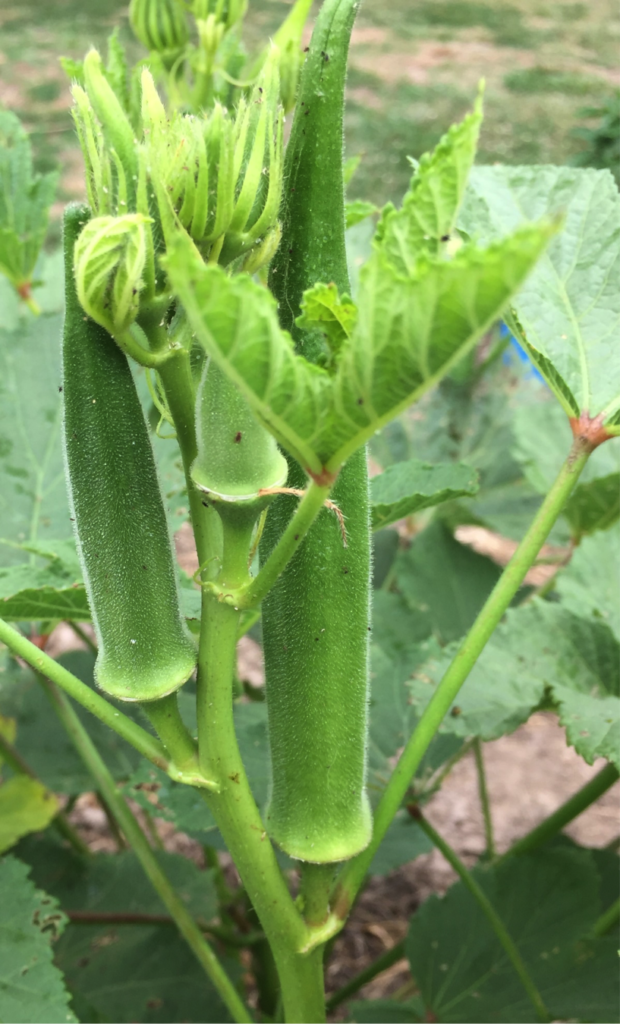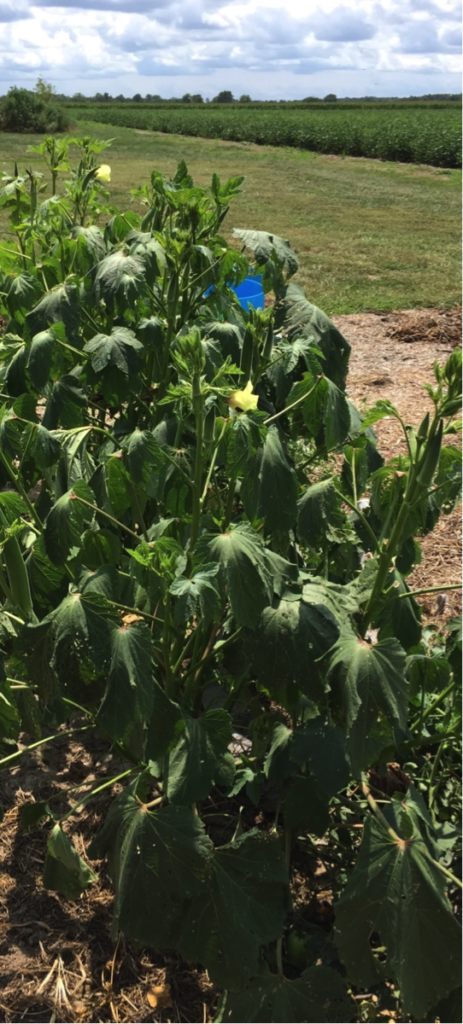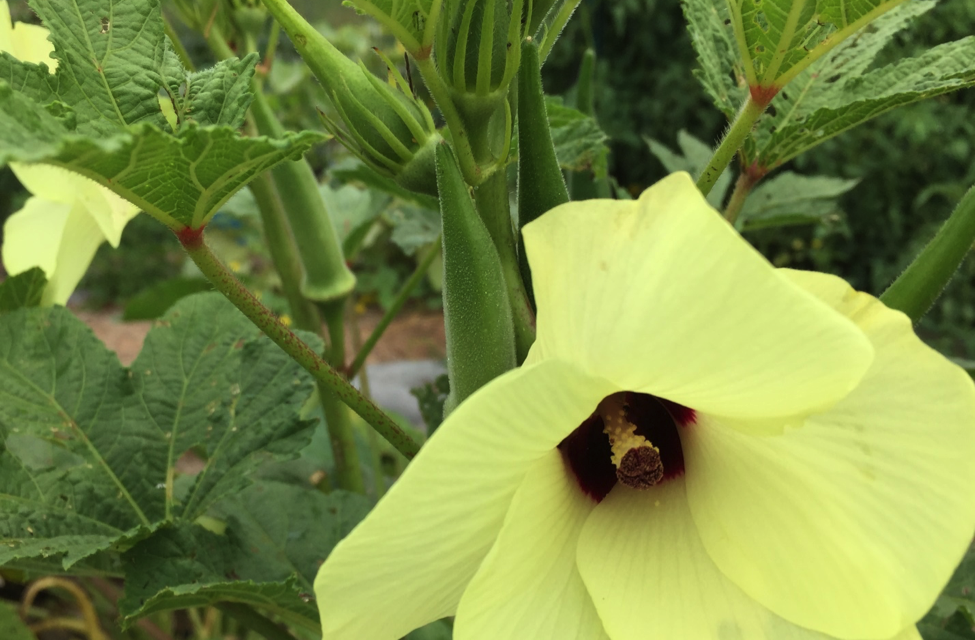Who knew what a nutritional powerhouse is found in okra? Now, before you start in on the slime factor of okra, it should still have a place in your gardens since it is so dense in nutrients, soluble, and insoluble fiber. Okra is low-calorie and has zero saturated fats and cholesterol. Due to its high fiber content, it has several health benefits including assisting with optimal digestive function, lowering cholesterol levels, reducing heart disease risk, and weight management. Since fibrous foods take longer to digest, you will be more satiated when you add them to your diet.

Okra is an excellent source of vitamin C, one serving gives you almost 36 percent of your daily requirement. It is also a source of vitamin B, thiamine, niacin, pantothenic acid, and vitamin B6. Okra also boasts high levels of vitamin A, beta-carotene, xanthine, and lutein which are associated with good vision, healthy skin and improved resistance to cancer. It also provides vitamin K and folate. Vitamin K helps your blood to clot and promotes bone health. It contains minerals such as iron, calcium, manganese, and magnesium. I researched okra and found all kinds of studies that proved the health benefits from reducing blood pressure to protection for your kidneys and liver because of its potent antioxidant and hepaprotective properties. So, it’s time to embrace this super-food and enjoy some okra!
Okra was first cultivated in Egypt around the 12th century and since it loves hot weather, it is grown in not only the Middle East, Africa, and Europe, but it is a favorite of the Southern states of North America. Okra (Abelmoschus esculentus) is a member of the Malvaceae or mallows family of vegetables and is related to cotton, hibiscus, and hollyhock. Note the blossoms on my small stand of okra, it’s pretty as any of the flowers and looks like my Rose of Sharon blooms. Yes, I did handpick and eliminate the vile Japanese beetle that was pollinating that flower.

I bought my seeds in spring from Buchheit. Their purchasing agent understands the need only to provide spineless pod varieties of okra. One of the only drawbacks to this unusual vegetable is its tiny fuzzy spines that cause burning and itching when you rub against the plant leaves. I always wear gloves and throw on a long-sleeved shirt to go cut okra as I am susceptible to the spines. Never try to pull the fruit off the okra plant as you will be releasing a shower to those tiny spines. Always cut them at the base of the plant, taking a short stub of the stem with it.
If you miss a few pods, cut them off next time to promote continued growth. Okra is a cut-and-come-again plant. If you keep cutting the pods and they will continue setting flowers. When conditions are right (sunny and hot) okra can grow 2 to 3 inches a day, so make sure you harvest often. If your plants get too big in late summer, you can prune by cutting back the top one-third of the plant’s top. Buds along the main stem then grow and produce a late crop. I also successive plant okra to assure a later harvest of one of my favorite veggies.

While this okra looks stressed, it is because this garden plant is one of the most drought resistant of all vegetables and it is just folding its leaves in the heat of the day to reduce moisture loss. I find this ability amazing.
Here are some tips on how to cook and store it.
My dear son, Josiah, loves fresh fried okra. It is the only vegetable I fry, and I save a harvest until I know he is working with his Dad at the new house to bring him a treat for lunch. I usually cook it in one of my cast iron skillets.
Wash and cut your okra into slices, I use ¼ to ½ inch pieces. Beat several of your farm fresh eggs and prepare a dry batter mix. You can use straight corn meal or flour but what we like is a blend of equal parts white corn meal to oat or organic white flour to a few tablespoons of Jiffy Mix cornbread mix. I blend this well in a plastic container and add some black pepper. No salt since I am trying to manage a high blood pressure issue, so the boys add it when it is finished.
Get your oil going over a medium-hot flame while you dip the okra first into the beaten eggs and then into the container of dry mix. Close the lid on the container and shake well. This coats your okra with less mess.
Test the oil by gently adding just one piece. If it sizzles around the edges, the oil is hot enough to add the batch. Oversee it and turn once when the edges are golden brown. Drain on paper towels, salt if you must and enjoy.

I also cut and freeze most of my okra to use to thicken soups and stews. I never blanch it as when you cook or steam it the slime thing happens. I simply wash and cut and lay it on a tray in my freezer until frozen and then store in vacuum bags using my vacuum food saver. Please consider planting okra.
Be blessed! Anne May






